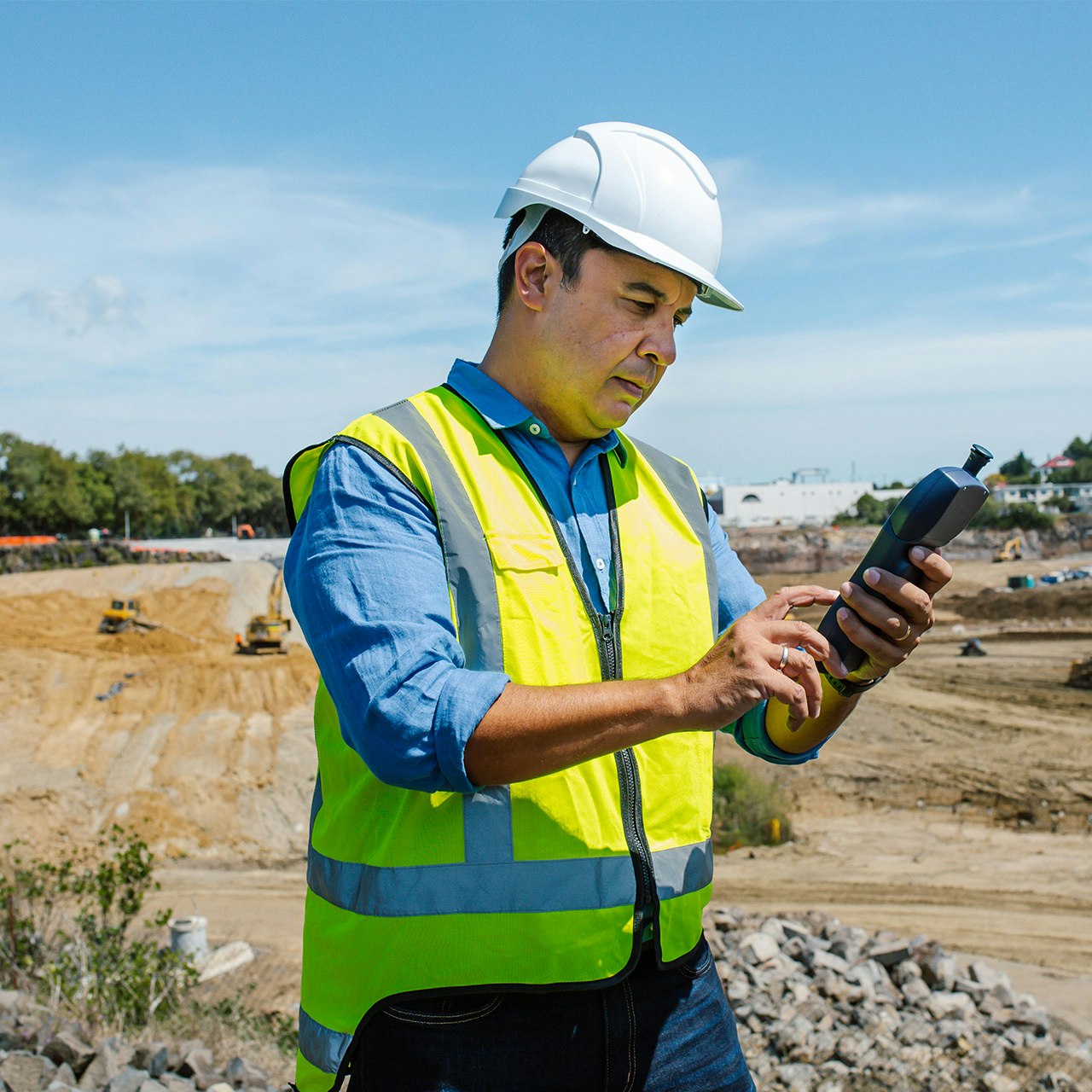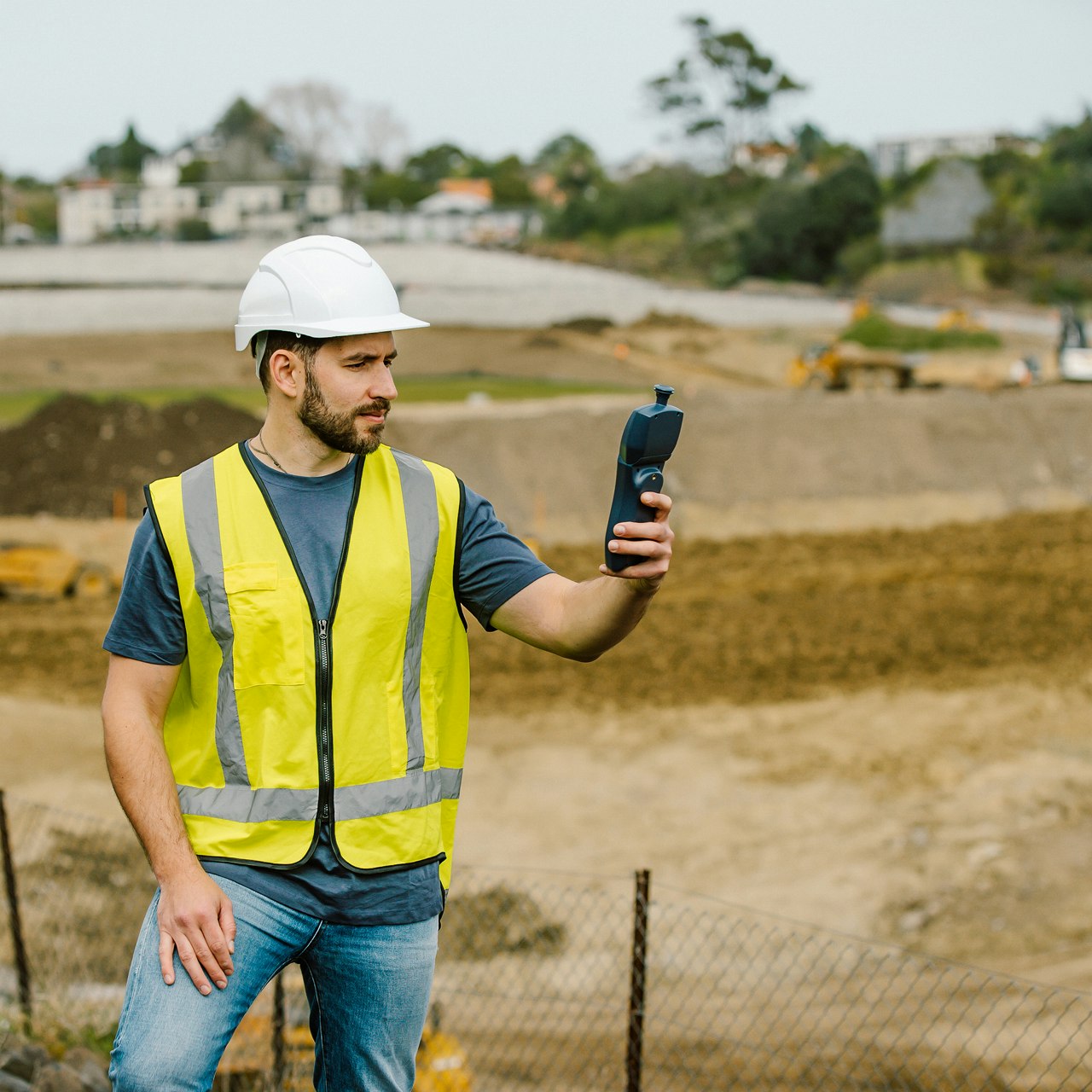Case Study
Co-location Study Convinces Government Agency to Invest in Sensor-Based Monitoring
Connecticut Department of Energy & Environmental Protection is responsible for protecting the environment & health of more than 3.5 million residents of the state.
Project Details
Project
Connecticut Department of Energy & Environmental Protection
Location
United States
Date
2016 - 2017
Services
AQM 65 Compact Air Quality Station
Measurements
PM2.5, NO2, ozone
Sector
Community
The customer
The Connecticut Department of Energy and Environmental Protection (DEEP) is responsible for protecting the environment and health of more than 3.5 million residents of the state. Inside DEEP the Bureau of Air Management is charged with protecting the air, permitting, and regulating air emissions. Air quality monitoring is undertaken by the Ambient Air Monitoring Group based in Hartford the state capital.
DEEP operates 15 EPA-approved ambient air quality monitoring stations across Connecticut. The collected data is used to determine compliance with the Federal EPA primary and secondary air quality standards and to evaluate how well pollution control and abatement strategies are working to clean the air.
“The Aeroqual monitors offer us Near Reference data quality in a flexible and easy to deploy package at much lower cost.”
Dr. Peter Babich
Supervising Environmental Analyst, CT DEEP
The problem
Connecticut has some of the worst air quality on the East Coast and is declared “non-attainment” by the EPA for ground-level ozone. When emissions of nitrogen oxide (NOx) and volatile organic compounds (VOCs) from cars, industry, and other sources, combine in the hot summer sun they form ozone, a component of smog, which can cause or worsen respiratory illnesses like asthma.
Connecticut has the nickname “America’s Tailpipe” since much of the air pollution originates outside of the state. This is because the northeast, also known as the Ozone Transport Region, is on the receiving end of wind patterns that carry emissions from coal-burning power plants, vehicles, and other sources from states in the south and Midwest.
Understanding the full extent of the problem and identifying communities at risk requires additional monitoring. This is a challenge for DEEP since conventional EPA stations are large, few in number, expensive, and cannot easily be located in the microenvironment near sensitive receptors. Other methods such as passive samplers are cheaper but cannot provide real-time exposure levels which are critical to determining when air quality is good or bad during the day.
The solution
The Ambient Air Monitoring Group at DEEP considered low-cost alternatives to reference analyzers that could supplement the existing air quality network. After extensive research, they approached Aeroqual’s local partner, J.J. Wilbur Company, to evaluate the AQM 65 Compact Air Monitoring Station which uses advanced sensor-based technology to provide continuous Near Reference data.
To validate performance of the AQM 65, DEEP conducted a four-month colocation study at an EPA-approved ambient air monitoring site at McAuliffe Park, East Hartford (pictured below). This multi-pollutant monitoring station integrates Federal Reference Methods (FRM) and Federal Equivalent Method (FEM) continuous analyzers which are calibrated daily. The AQM 65 was configured to measure PM2.5, NO2 and ozone, and installed on the station roof. To avoid differences between calibration standards the AQM 65 was calibrated using one week’s data from the reference station. No other calibration adjustments were applied to the AQM 65 for the duration of the trial. The study correlated data from the EPA station to assess the AQM 65 for accuracy, reliability, and fitness for purpose in local environmental conditions.
Evaluation
Despite no calibrations after the initial installation, the AQM 65 showed a high degree of correlation with the FRM and FEM analyzers and low rates of long-term drift for all measurements. The coefficient of determination (r2) calculated at 1-hour averages over four months were PM2.5 (r² = 0.92), NO2 (r² = 0.87) and ozone (r² = 0.93). The AQM 65 achieved a data capture rate of 99% which exceeded the capture rates of the reference station. For the full study report contact Aeroqual.
DEEP environmental analysts in the Ambient Air Monitoring Group were impressed with how closely data from the AQM 65 trended with data from the much costlier EPA reference station. They also found the Aeroqual software intuitive to use and offered a powerful suite of tools. As a result of the positive evaluation, Connecticut DEEP has purchased an AQM 65 station for special purpose monitoring for deployment during the 2018 summer ozone monitoring campaign.
Aeroqual products used
Want to learn more?
If you’d like to know more about this case study, or to discuss your air monitoring requirements, please get in touch.












